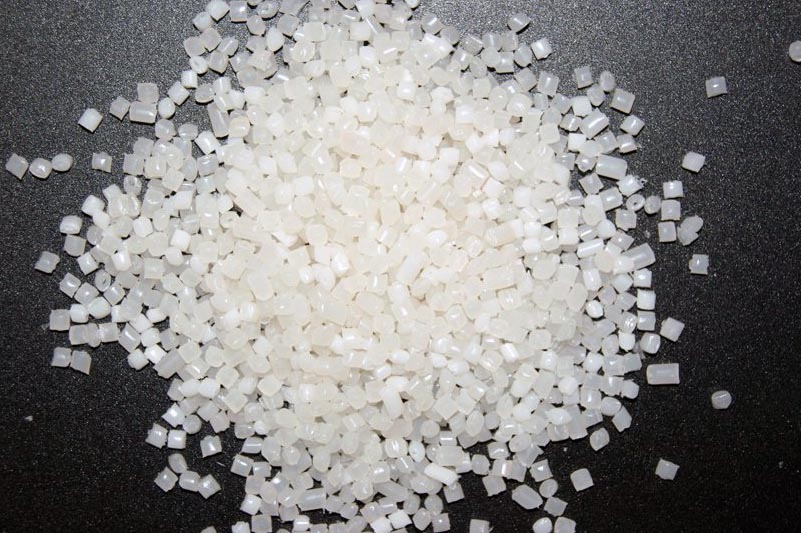About LDPE
Low-Density Polyethylene (LDPE) is a thermoplastic polymer made from the monomer ethylene. It is one of the most widely used plastic materials globally, known for its flexibility, chemical resistance, and ease of processing. LDPE is produced through high-pressure polymerization, resulting in a material with a branched molecular structure that gives it unique properties.

LDPE remains a cornerstone of the petrochemical industry due to its balance of performance, cost-effectiveness, and adaptability. As demand for flexible plastics grows, LDPE continues to play a vital role in modern manufacturing and daily life.
- Low Density: LDPE has a density range of 0.910–0.940 g/cm³, making it lightweight yet durable.
- Flexibility & Toughness: Its branched structure provides excellent impact resistance and ductility.
- Chemical Resistance: Resistant to acids, alcohols, and bases, making it ideal for packaging chemicals.
- Electrical Insulation: Excellent dielectric properties, useful for wire and cable coatings.
- Transparency: Can be produced in clear or translucent forms.
- Processability: Easily molded using extrusion, injection molding, and blow molding techniques.
Applications of LDPE
Due to its versatility, LDPE is used in various industries, including:
✔ Packaging: Plastic bags, shrink films, food wraps, and containers.
✔Consumer Goods: Squeeze bottles, toys, and household products.
✔Agriculture: Greenhouse films, irrigation tubing, and mulch films.
✔Medical: Disposable gloves, tubing, and sterile packaging.
✔Construction: Protective coatings and vapor barriers.
Advantages Over Other Polymers
Compared to HDPE (High-Density Polyethylene), LDPE offers:
✔ Better clarity and flexibility.
✔ Superior resistance to stress cracking.
✔ Easier heat-sealing for packaging applications.
Sustainability & Recycling
HDPE is one of the most recycled plastics, widely reused in:
- Post-consumer products (e.g., recycled bins, furniture).
Closed-loop systems (e.g., bottle-to-bottle recycling).
Innovations include bio-based HDPE (from sugarcane) to reduce carbon footprint.
Environmental Considerations
While LDPE is recyclable (Recycling Code #4), its single-use applications contribute to plastic waste. Innovations in biodegradable LDPE and recycling technologies are being developed to enhance sustainability.
